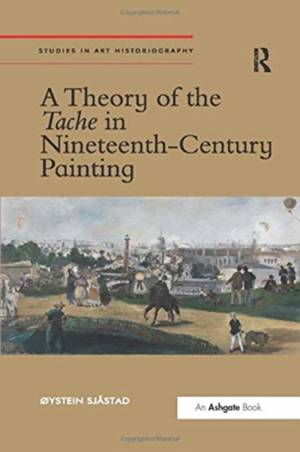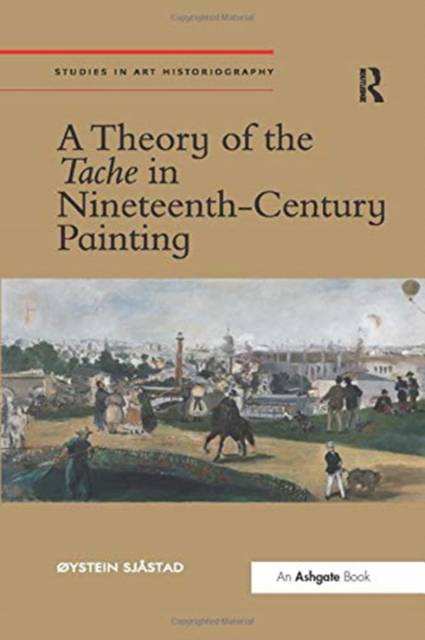
- Afhalen na 1 uur in een winkel met voorraad
- Gratis thuislevering in België vanaf € 30
- Ruim aanbod met 7 miljoen producten
- Afhalen na 1 uur in een winkel met voorraad
- Gratis thuislevering in België vanaf € 30
- Ruim aanbod met 7 miljoen producten
Zoeken
A Theory of the Tache in Nineteenth-Century Painting
ØYstein Sjåstad
€ 86,95
+ 173 punten
Uitvoering
Omschrijving
Through a series of close readings, this book looks at the tache as one of the most important features in nineteenth-century modernism. The tache is a potential meeting point between text and image and a pure trace of the artist's body. This book represents the first time a scholar has looked at tacheism as a hidden continuum within modern art.
Specificaties
Betrokkenen
- Auteur(s):
- Uitgeverij:
Inhoud
- Aantal bladzijden:
- 192
- Taal:
- Engels
- Reeks:
Eigenschappen
- Productcode (EAN):
- 9780367432843
- Verschijningsdatum:
- 11/09/2019
- Uitvoering:
- Paperback
- Formaat:
- Trade paperback (VS)
- Afmetingen:
- 147 mm x 231 mm
- Gewicht:
- 226 g

Alleen bij Standaard Boekhandel
+ 173 punten op je klantenkaart van Standaard Boekhandel
Beoordelingen
We publiceren alleen reviews die voldoen aan de voorwaarden voor reviews. Bekijk onze voorwaarden voor reviews.








